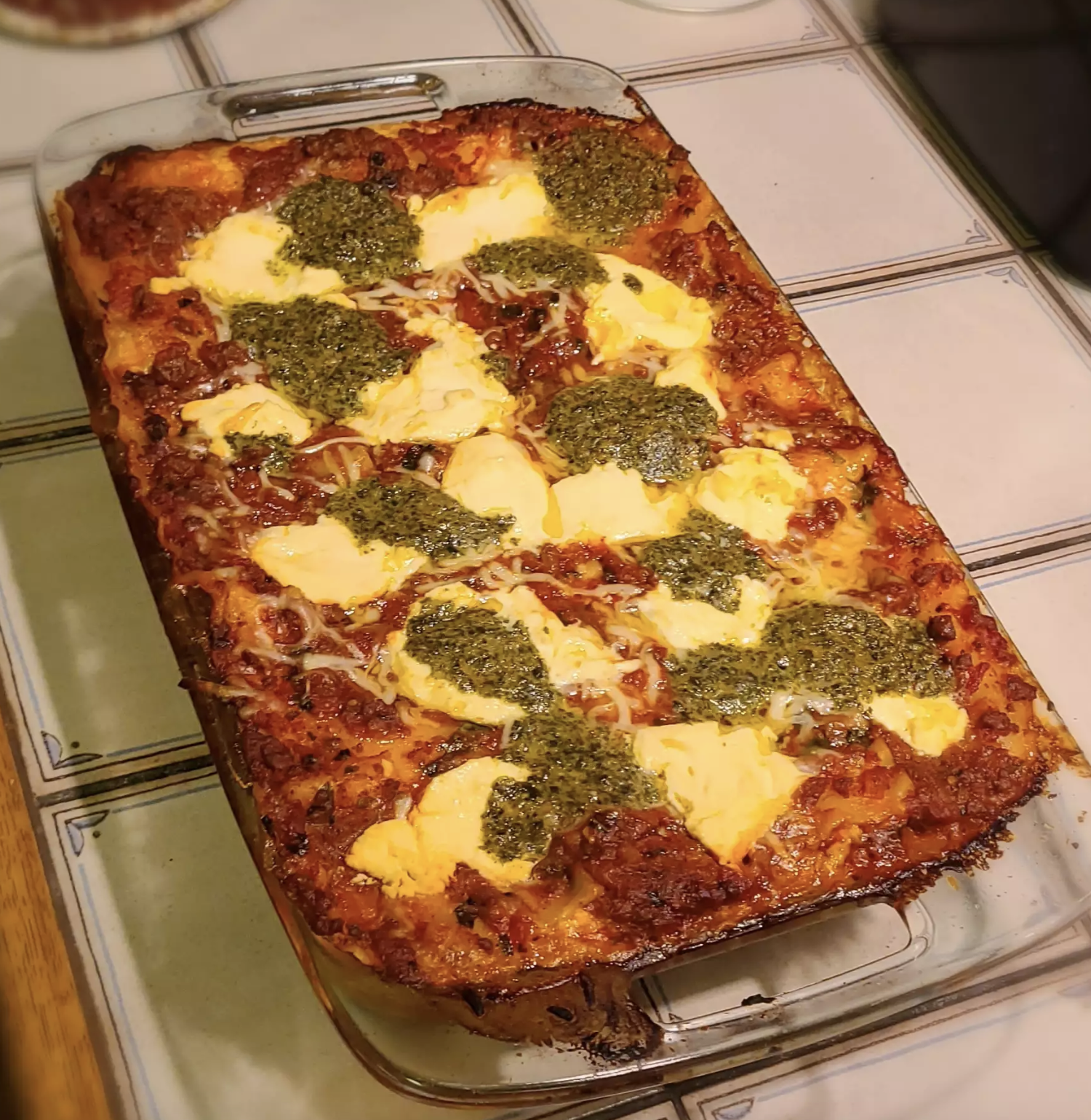The Role of Ricotta in Traditional Italian Lasagna
Lasagna, a dish beloved for its rich layers and hearty flavors, has traveled far from its humble beginnings in Italy to become a global comfort food. However, its traditional recipes and ingredients vary significantly, particularly concerning the use of ricotta.
Historical Context: Tracing the Layers Back
The origins of lasagna date back to ancient times, but the version we know today began shaping in medieval Italy. It’s here, in the bustling kitchens of the past, where we begin to see the divergence between the northern and southern traditions of this dish.
North vs. South: A Tale of Two Recipes
In northern Italy, particularly in regions like Bologna, the classic lasagna alla Bolognese features layers of flat pasta sheets, ragù (a meat-based sauce), and creamy béchamel—a white sauce made from butter, flour, and milk. This version eschews ricotta, opting for a melt-in-your-mouth texture that’s rich yet delicate.
Conversely, the southern parts of Italy, including regions like Naples, often embrace ricotta in their versions of lasagna. This difference not only highlights the regional availability of ingredients—like the prominence of dairy in the south—but also the adaptation of the dish to local tastes and cooking styles.
This exploration of lasagna’s regional variations sets the stage for a deeper understanding of how traditional ingredients like ricotta play into the authentic recipes of Italian lasagna.
Traditional Lasagna Ingredients and Regional Variations
Traditional Lasagna alla Bolognese
In the heart of northern Italy, the quintessential lasagna alla Bolognese holds a revered spot. This dish exemplifies simplicity and depth of flavor, achieved without the use of ricotta. Instead, it relies on the smooth and creamy béchamel sauce to complement the savory depth of the ragù.
Why Béchamel Instead of Ricotta
The choice of béchamel over ricotta in traditional Bolognese lasagna isn’t just a matter of taste—it’s about texture and history. Northern Italian cuisine often incorporates dairy products like butter and milk, making béchamel a natural fit for the region’s culinary profile. This sauce adds a luxurious creaminess that enhances the layers of pasta and meat, creating a harmonious blend that is both rich and balanced.
Traditional Lasagna alla Napoletana
Moving southward, the Lasagna alla Napoletana tells a different story—one where ricotta shines as a key ingredient. Here, the richness of ricotta provides a lighter, fluffier contrast to the dense layers of meat and sauce found in its northern counterpart.
Other Regional Variations
Beyond the well-known Bolognese and Napoletana, Italy’s diverse regions offer their unique twists on lasagna. For example, some areas might incorporate local cheeses or vegetables, reflecting the agricultural bounty of the region. These variations not only illustrate the adaptability of lasagna but also the importance of regional ingredients in shaping the flavors of traditional dishes.
Each recipe, whether favoring béchamel or ricotta, reflects a deeper cultural and historical context that influences Italian cooking. Through exploring these traditional recipes, we gain insights into the regional identities that define Italy’s culinary landscape.
Linking to an informative resource, you can explore more about the debate between using ricotta and béchamel in lasagna through The Ricotta vs. Béchamel Debate, which dives deeper into this culinary discussion.
The Modern Debate
The Influence of Italian-American Cuisine
Italian immigrants to America brought their love for lasagna, but it didn’t always taste like what was made in Italy. Ingredients such as ricotta became increasingly common due to their accessibility, leading to the popularized Italian-American lasagna that often features this cheese as a primary ingredient. With this shift, lasagna in America has evolved into its own delicious identity.
Popular Arguments on Both Sides
Team Ricotta: The Lighter Choice
Proponents of using ricotta praise its light, airy texture, which pairs wonderfully with thick tomato sauce and meat. They argue that its flavor provides a fresh, creamy contrast to the denser components of lasagna.
Team Béchamel: Rich and Silky
Meanwhile, the traditionalists who advocate for béchamel argue that its smooth, silky nature offers a more delicate and sophisticated complement to the hearty flavors of a ragù. This results in layers that hold together well, offering a cohesive, satisfying experience.
Unique Personal Recipes
Every family has its spin on lasagna, whether it incorporates cottage cheese as a substitute for ricotta or creates unexpected layers with spinach and other vegetables. Some even blend béchamel and ricotta to strike a balance between the two textures and traditions. One thing’s certain: lasagna recipes are as diverse as the individuals who make them.
For further insights into authentic Italian recipes, NJ 101.5 provides a comprehensive guide to lasagna’s traditional ingredients and preparations.

